Table of Contents
In an era where customers are bombarded with endless options and countless ads every day, standing out isn’t just about visibility – it’s about relatability. The brands that resonate most are the ones that strike a chord emotionally, making people feel seen, valued, and understood. This is why emotional branding is becoming one of the most powerful strategies in modern marketing.
In today’s saturated market, where products and services often look identical, the difference between a brand that survives and one that thrives lies in one factor: Emotional Connection Is the Secret Ingredient of Successful Branding. Customers no longer buy solely because of features or price – they buy because of how a brand makes them feel. From trust to nostalgia, the brands that win are the ones that tap into emotions.
At Inventus Global, we’ve seen firsthand how businesses that leverage psychological branding techniques and understand the deep ties between consumer emotions and buying decisions create more powerful and loyal customer bases. Emotional branding goes beyond transactions – it forges relationships that last.
Emotional Connection Is the Secret Ingredient of Successful Branding
The Science of Emotional Branding
Modern neuroscience proves that most buying decisions are emotional before they are rational. People justify purchases logically, but the initial spark comes from feeling. Whether it’s comfort, excitement, or trust, emotions drive consumer behaviour.
Brands that position themselves using an emotional value proposition rather than only highlighting product features consistently outperform those that don’t. Consider Apple’s approach: it doesn’t just sell phones – it sells innovation, belonging, and status. That’s why customers line up for every launch.

Psychological Branding Techniques That Work
Psychological branding techniques revolve around creating subconscious triggers. Colours, shapes, taglines, and even sounds can stir powerful associations. Red, for instance, is linked with urgency and excitement, making it popular in food branding. Blue evokes trust, hence its dominance in financial services.
When companies align branding elements with desired consumer feelings, they amplify impact. For instance, Coca-Cola uses happiness and celebration consistently, embedding itself into joyful occasions worldwide. This alignment directly ties back to building trust through emotional branding, as consistent emotions create dependable brand recall.

Consumer Emotions and Buying Decisions
The strongest indicator of brand loyalty isn’t price competitiveness – it’s emotional affinity. Studies show that when customers feel emotionally connected to a brand, they are 3x more likely to recommend it and 2x more likely to repurchase.
By leveraging consumer emotions and buying decisions, businesses can design marketing strategies that go beyond clicks or conversions to create genuine resonance. For example, Nike’s storytelling isn’t just about sports gear – it’s about perseverance, strength, and achievement. Customers don’t just wear Nike; they feel part of something larger.

Brand Authenticity and Emotional Trust
No amount of marketing spin can make up for a lack of authenticity. Today’s consumers crave transparency – they want brands to be honest, relatable, and accountable. This is where brand authenticity and emotional trust become critical.
When a brand consistently delivers on its promises and communicates with honesty, it fosters loyalty. Authentic brands build communities, not just customer bases. Consider Patagonia: its activism and eco-conscious mission resonate deeply with audiences who value sustainability. This trust is invaluable, especially when competitors are just a click away.

Emotional Value Proposition: Beyond Features and Price
An emotional value proposition goes deeper than functional benefits. While a traditional value proposition might say, “Our product saves you money,” an emotional one conveys, “Our product makes your life less stressful, more joyful, or more meaningful.”
This type of branding is particularly powerful because it resonates on a human level. Take Dove’s “Real Beauty” campaign – it wasn’t about soap quality; it was about confidence and acceptance. This transformed Dove from a commodity product into a symbol of empowerment.

Building Trust Through Emotional Branding
Trust is the foundation of any long-term relationship, and brands are no exception. Building trust through emotional branding involves consistent messaging, transparency, and shared values. When customers believe in what your brand stands for, they are more likely to stay loyal, even if competitors offer lower prices.
A great example is Starbucks. It doesn’t just sell coffee – it provides a “third space” between home and work where people feel comfortable and valued. This trust is reinforced through consistent service and emotional connections that elevate the customer experience.
Using Nostalgia in Branding
Using nostalgia in branding is a proven strategy because it taps into cherished memories. Nostalgia evokes comfort and familiarity, making it a powerful emotional driver. Retro packaging, throwback campaigns, or vintage-inspired ads often perform well because they rekindle positive associations.
For example, Nintendo often reintroduces classic games and consoles, sparking excitement across generations. Similarly, brands like Pepsi and Burger King have run retro campaigns that remind consumers of “simpler times.” Nostalgia works because it bridges the past with the present, creating an emotional anchor.
Why Inventus Global Believes in Emotional Branding
At Inventus Global, we help brands go beyond surface-level marketing to create authentic emotional connections with their audiences. By combining psychological branding techniques with insights on consumer emotions and buying decisions, we empower businesses to craft strategies that resonate.
We believe that emotional branding is not a trend – it’s the future. With an increasingly competitive landscape, businesses that ignore emotional connection risk being forgotten. That’s why we advocate for brands to design campaigns that align with authenticity, emotional value propositions, and even strategies like using nostalgia in branding.
Conclusion
In a world overflowing with choice, consumers don’t just want products – they want relationships. Emotional Connection Is the Secret Ingredient of Successful Branding because it creates loyalty, advocacy, and long-term growth. From authenticity to nostalgia, emotional strategies elevate brands beyond price wars into meaningful cultural relevance.
For businesses looking to thrive in 2025 and beyond, emotional branding is no longer optional – it’s essential. And with the right strategies, guided by experts like Inventus Global, brands can create experiences that move hearts and open wallets.

FAQs
What are psychological branding techniques?
Psychological branding techniques use subconscious triggers like colour, design, and storytelling to evoke emotional responses that strengthen brand recall and loyalty.
How do consumer emotions and buying decisions connect?
Emotions heavily influence purchasing; customers often decide based on feelings and later justify with logic. Brands that appeal emotionally drive stronger loyalty.
Why is brand authenticity important for emotional trust?
Consumers value transparency. Authentic brands build emotional trust by being consistent, honest, and aligned with customer values.
What is an emotional value proposition?
It’s a brand promise that highlights emotional benefits (confidence, joy, trust) rather than only functional ones (saving money, speed).
How does nostalgia impact branding?
Nostalgia taps into positive memories, creating familiarity and comfort. This emotional pull strengthens brand affinity and recall.
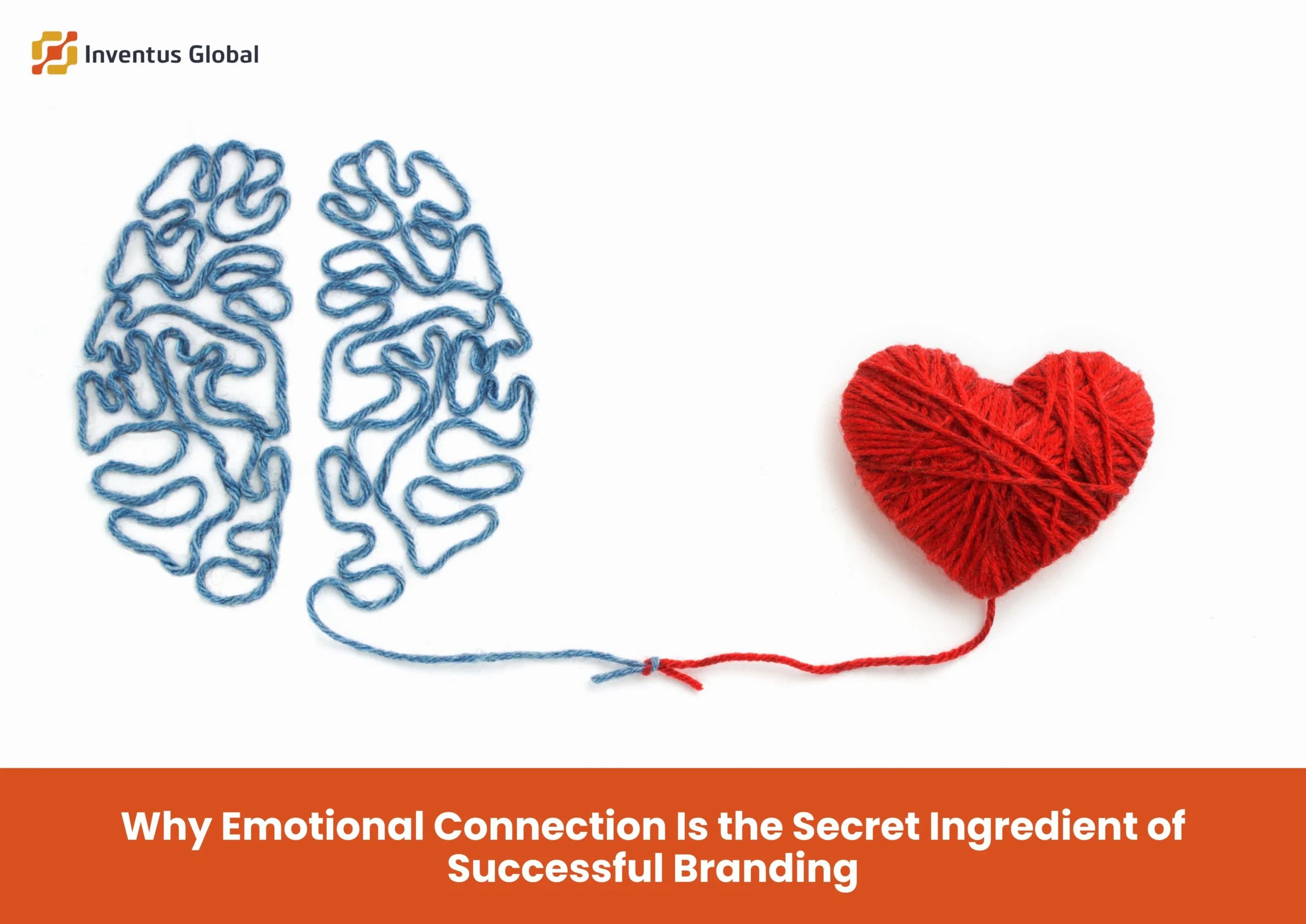
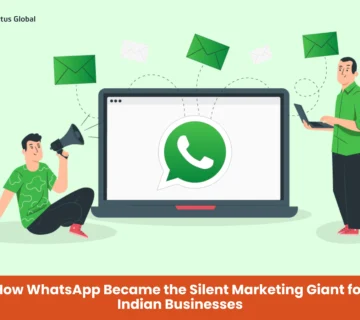

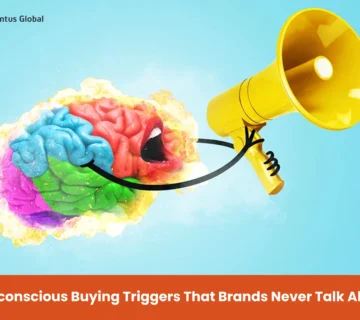
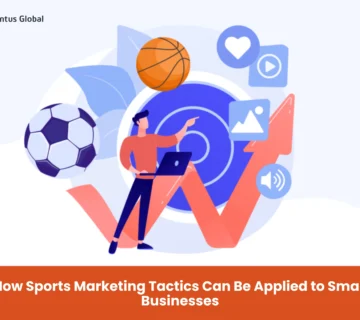
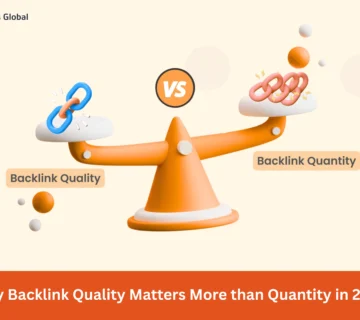

No comment